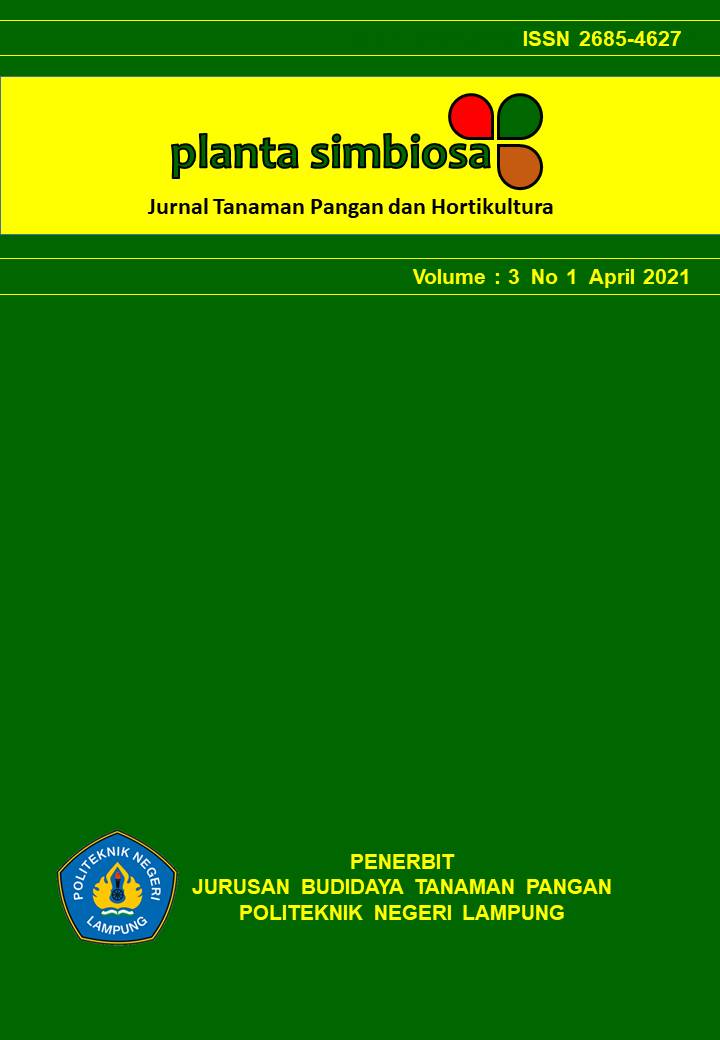Zoning of Agricultural Commodities Based on Agroecological Zones in Cirebon Regency
Zoning of Agricultural Commodities Based on Agroecological Zones in Eastern Cirebon Regency
DOI:
https://doi.org/10.25181/jplantasimbiosa.v3i1.1957Abstract
Zoning of agricultural commodities in Cirebon Regency is needed in the framework of determining and developing superior commodities that have comparative advantages. The aim of this research is to arrange the zoning of agricultural commodities based on the agroecological zone in Cirebon Regency. The research location includes 16 sub-districts in the eastern part of Cirebon Regency, covering an area of 54.015 ha. The methods used in the research include: surveys, laboratory analysis, land evaluation and spatial analysis. The results obtained 10 agricultural systems and 30 commodity zoning units which include: a) wetland agriculture, with commodities of lowland rice, shallots, sugar cane, corn and soybeans, b) dry land agriculture, food crops, with upland rice and corn commodities, c) dry land agriculture, animal feed (grass), d) dry land agriculture, food crops (upland rice, maize, peanuts, soybeans) and perennial crops (sugarcane, teak, sengon), e) agriculture dry land, food crops (upland rice, maize, soybean), horticulture (mango), and perennial crops (sugarcane and sengon), (f) dry land agriculture, perennial crops (sugarcane and sengon) and food crops ( upland rice, maize, and peanuts), (g) dry land agriculture, annual crops/plantations with sengon commodities, (h) brackish water fishery (shrimp or milkfish pond), (i) wetland forest as a buffer zone, and (j) dry land forest as a conservation zone. Keywords: zoning, superior commodity, agroecological zoneDownloads
Download data is not yet available.
Downloads
Published
2021-05-03
How to Cite
Susanto, B., & Hamdani, K. K. . (2021). Zoning of Agricultural Commodities Based on Agroecological Zones in Cirebon Regency: Zoning of Agricultural Commodities Based on Agroecological Zones in Eastern Cirebon Regency. J-Plantasimbiosa, 3(1), 78-92. https://doi.org/10.25181/jplantasimbiosa.v3i1.1957
Issue
Section
Artikel








